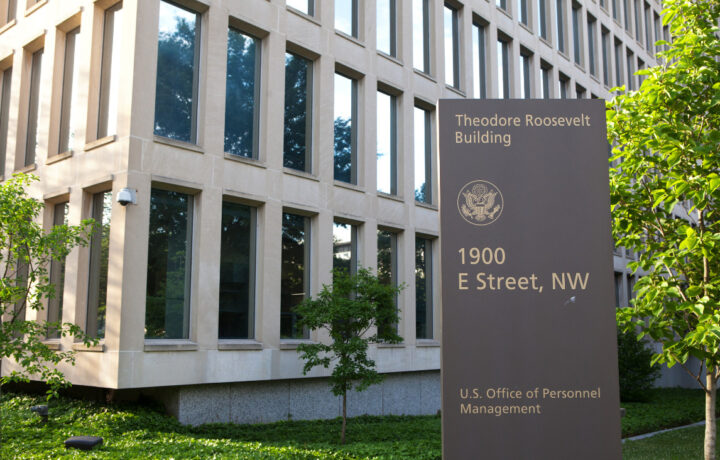The federal workforce is headed for a major shakeup, and now it has a new leader at the helm. On Wednesday evening, the Senate confirmed Scott Kupor as director of the Office of Personnel Management (OPM) by a 49-46 vote.
Kupor steps into the role as the Trump administration accelerates its efforts to reduce the size of the civilian government. While the cuts are facing legal pushback, a recent Supreme Court decision gave the green light—at least temporarily—for agencies to proceed with downsizing. That puts Kupor in a key position to steer the most significant federal workforce transformation in decades.
Who Is Scott Kupor?
Kupor brings a background in venture capital, not public administration. As a longtime managing partner at Andreessen Horowitz, he’s spent much of his career investing in tech startups. Supporters say that private-sector experience is just what’s needed to modernize and streamline the federal government. Critics worry he may lack the public service grounding needed to lead such a sensitive restructuring effort.
During his April nomination hearing, Kupor made his priorities clear: faster hiring, stronger performance accountability, and fewer bureaucratic barriers. “We need to recognize and respect the humanity of the workforce,” he said, but also argued that federal agencies too often rate nearly all employees as high performers. Kupor suggested a more discerning performance system—and a faster route for removing underperformers.
What This Means for Federal Employees
Kupor’s confirmation gives OPM a permanent director at a time of major flux. Over the past year, the Trump administration has proposed a slew of civil service reforms, from revamping probationary periods to introducing new job classifications like Schedule Policy/Career. Many of the changes aim to strip away long-standing civil service protections and make it easier to terminate federal workers.
So far, these efforts have already led to a slight reduction in the federal civilian workforce. OPM expects that number to grow significantly by the fall—potentially removing hundreds of thousands of positions from federal rolls through a mix of reductions-in-force (RIFs) and voluntary exit programs.
It’s not just about shrinking government. The administration says it’s about reimagining it—shifting toward a leaner, more agile system that better reflects the speed and standards of the private sector. But for many in government, the changes are unsettling. They raise questions about institutional knowledge, continuity of service, and fairness in employee treatment.
The Path Forward
Supporters of Kupor’s confirmation see it as a green light to move full steam ahead on reforms that have been slow or stalled for years. Opponents remain wary—not just of Kupor’s business-first approach, but of the broader trend toward dismantling parts of the career civil service.
With Kupor officially in place, expect OPM to push forward quickly. Whether that brings clarity or chaos for federal workers remains to be seen.
One thing’s certain: the future of the federal workforce will look very different than its past.




